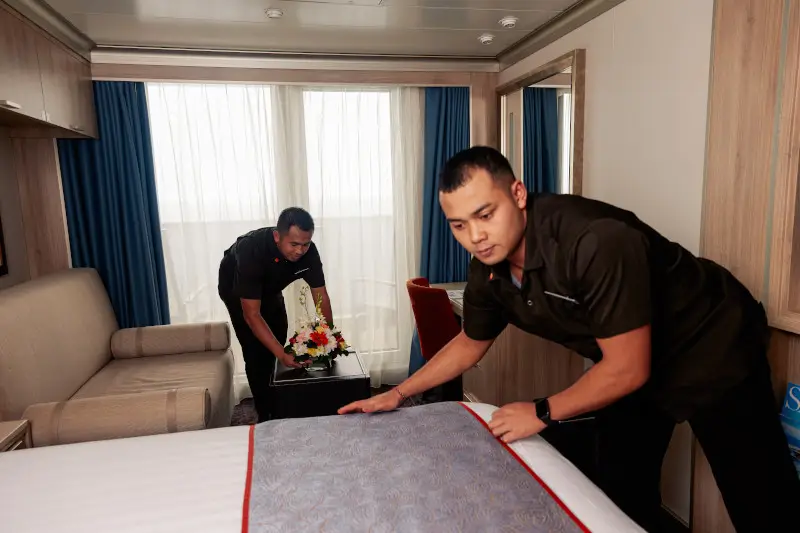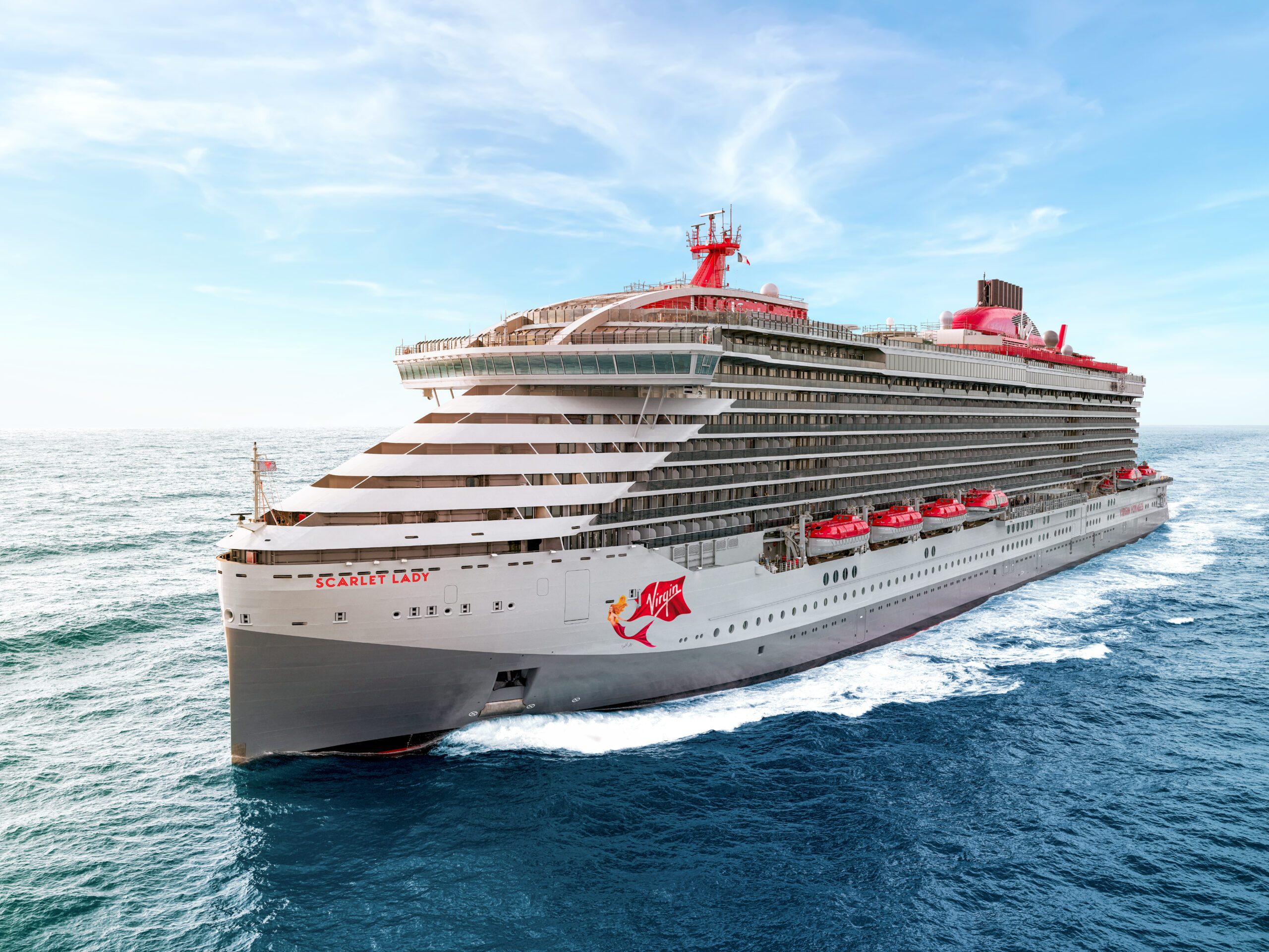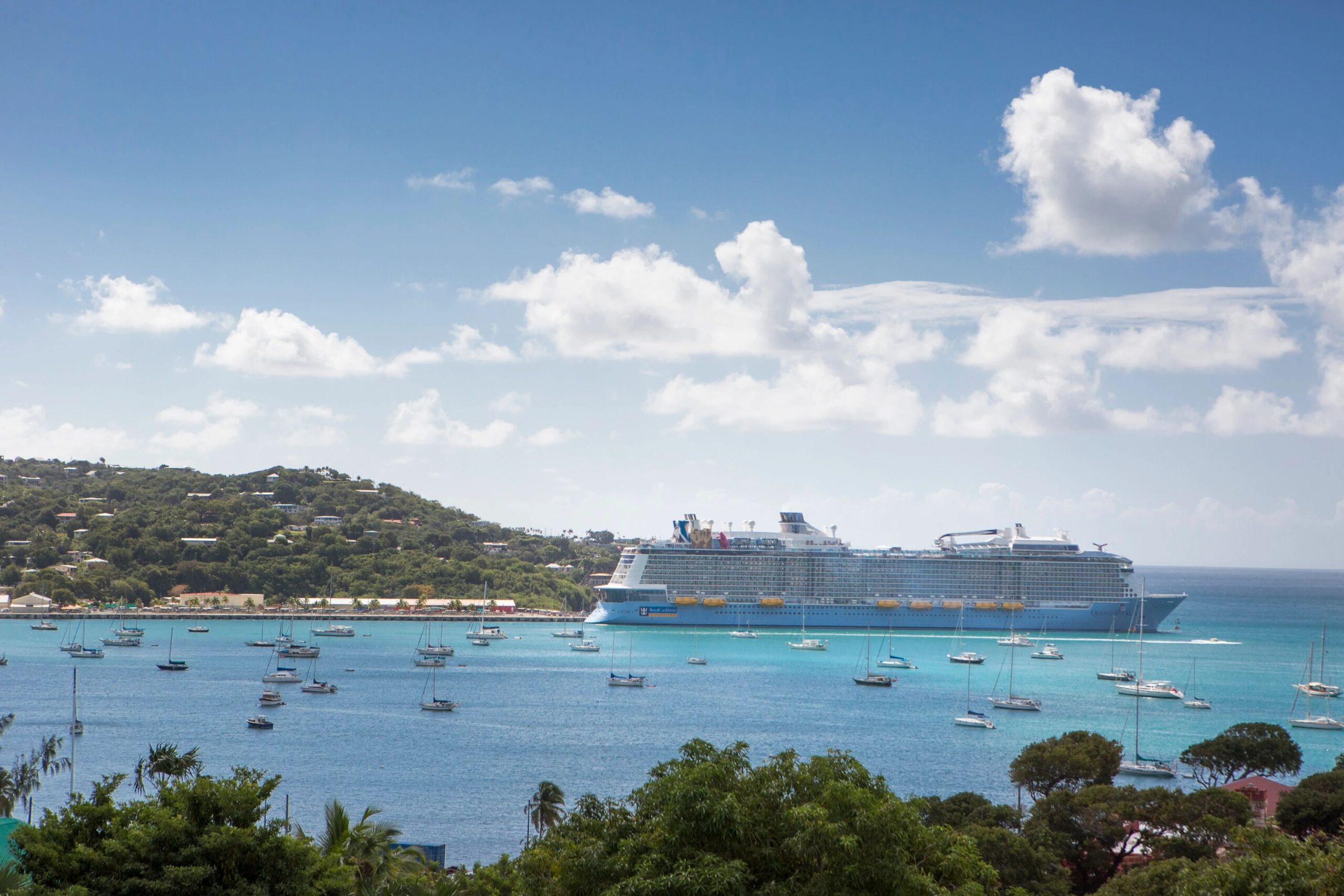Cruises are supposed to be relaxing, right? But figuring out all those gratuities can be stressful! Don’t worry, I’ve got you covered. As a cruise lover and certified travel agent, I’ve been on my fair share of voyages and learned a thing or two about tipping. In this guide, we’ll clear up the confusion about automatic gratuities, prepayment, and tipping etiquette, so you can relax, enjoy your cruise, and show appreciation to the amazing crew.
Why Do Cruise Ships Have Gratuities?
Gratuities, or tips, are a crucial part of the cruise industry, especially in recent years as the price of cruises has risen. They directly support the hardworking cruise ship employees who ensure your comfort and enjoyment. From your friendly room steward who keeps your cabin spotless to the dedicated culinary services staff who make sure you have a delicious meal, these tips help them provide for their families and enhance their livelihoods.
The Good News: Most Cruise Lines Handle Gratuities for You!
To simplify things, many major cruise lines have adopted automatic gratuities, meaning a set daily gratuity charge is added to your onboard bill. This system ensures consistent compensation for cruise staff members while allowing you to focus on enjoying your vacation.
Understanding the Automatic Gratuity System
Here’s how automatic gratuities work on popular cruise lines, including breakdowns for standard staterooms, suites, and additional charges:
| Cruise Line | Standard Gratuity | Suite Gratuity | Additional Charges | Payment Options |
|---|---|---|---|---|
| Carnival Cruise Line | $14.50 per person per day | $15.50 per person per day | Spa and Specialty Dining: 18% service charge | Cash, onboard account, credit card |
| Royal Caribbean | $15 per person per day | Varies by suite category | Spa and Specialty Dining: 18% service charge | Cash, onboard account, credit card, RCCL’s “Cruise with Confidence” program |
| Norwegian Cruise Line | $20 to $25 per person per day (depending on cabin category) | Varies by suite category | Spa and Specialty Dining: 18% service charge | Cash, onboard account, credit card, NCL’s “Free at Sea” program |
| Celebrity Cruises | $15 to $18 per person per day | Varies by suite category | Spa and Specialty Dining: 18% service charge | Cash, onboard account, credit card, Celebrity’s “Ultimate Perks” program |
| Princess Cruises | $16 per person per day | Varies by suite category | Spa and Specialty Dining: 18% service charge | Cash, onboard account, credit card, Princess’s “Medallion Class” program |
| Holland America Line | $16 per person per day | Varies by suite category | Spa and Specialty Dining: 18% service charge | Cash, onboard account, credit card, HA’s “Have It All” program |
| Virgin Voyages | Included in cruise fare | N/A | N/A | N/A |
Pro tip: Prepaid gratuities usually cover the daily service charge for your stateroom attendants and dining staff. They do not include additional charges for services like spa treatments, specialty dining, or beverage packages. You will need to budget for those separately, either with cash tips or by adding them to your cruise account.
Prepaying Gratuities: The Pros and Cons
Prepaying gratuities offers convenience and ensures consistent compensation for the crew. However, it also limits your ability to adjust tips based on individual experiences. Here’s a detailed breakdown:
Pros:
- Convenience: No need to calculate and tip individually, making budgeting easier. Simply select the prepayment option during booking and you’re set! This is especially helpful for large families or groups.
- Fair Pay: Guaranteed income for crew members, promoting a stable working environment. Knowing they will be compensated regardless of individual guest interactions can boost their morale and improve service quality.
- Less Stress: Eliminates the worry about remembering to tip for each service. Enjoy your vacation with less stress and worry about tipping details.
- Positive Atmosphere: Focus on enjoying your cruise with less concern about tipping. With pre-paid gratuities, you can relax and focus on creating memories with loved ones.
- Clear Costs: Predictable expense for better financial planning. Avoid surprises on your final bill and easily budget for your cruise vacation.
Cons:
- Less Flexibility: No way to adjust tips based on service quality. While this ensures fair compensation for the crew, you lose the ability to reward exceptional service with a larger tip.
- Possible Overpayment: May feel like you’re paying too much if you receive poor service. If you encounter subpar service, you might feel like you’re paying a premium despite not receiving the expected quality.
- Less Personal Connection: Reduced opportunity to express gratitude directly. A personal thank you can go a long way, and pre-paid gratuities may limit this direct interaction.
- Challenges in Rewarding Great Service: Difficult to show appreciation for exceptional service beyond the pre-paid amount. If a crew member goes above and beyond, you may feel limited in your ability to express your gratitude.
How to Prepay Gratuities
The most convenient way to prepay gratuities is at the time of booking. You can usually select this option directly on the cruise line’s website or through your travel agent. If you miss this opportunity, don’t worry! You can still contact your travel agent or the cruise line to add gratuities to your reservation after the initial booking. Be sure to carefully review your confirmation details to ensure that gratuities are included in your total cruise cost. Most cruise lines also allow you to adjust gratuity amounts before your cruise or even while onboard. You can typically do this at the guest services desk or through your onboard account.
Going Beyond Automatic Gratuities: Tipping for Exceptional Service
While pre-paid gratuities cover basic compensation, consider additional gratuities for exceptional service. A small gesture can make a big difference and show your appreciation for a crew member who goes above and beyond.
- Dining Staff: $5 to $20 for outstanding service. Consider tipping extra for a head server who remembers your preferences (like a favorite drink or a specific dietary need) or goes the extra mile to make your dining experience special.
- Room Stewards (or Stateroom Attendants): $5 to $10 per day for personalized touches. A small tip can show appreciation for a spotless room, a thoughtful turndown service (like a special towel arrangement or chocolates on your pillow), or a helpful suggestion for an onboard activity.
- Bartenders: $1 to $2 per drink, $5 to $10 for exceptional service. A bartender who remembers your favorite cocktail or offers friendly conversation deserves a little extra recognition.
- Spa Services: 15% to 20% of the total cost. Tip your spa therapist for a relaxing massage, a rejuvenating facial, or any other spa treatment that exceeds your expectations.
- Concierge/Guest Services: $10 to $20 for helpful assistance. Show appreciation for a concierge who assists with restaurant reservations, shore excursion bookings, or other special requests that require extra effort.
- Butlers (for Suite Guests): $20 to $50 per day, depending on service level. Tipping your butler for attentive service, packing and unpacking your luggage, or personalized recommendations is a common practice.

Global Tipping Customs: Respecting Local Norms
Tipping customs vary greatly around the world, so it’s important to be aware of local norms. While tipping is expected in some countries, it can be considered rude in others.
For example, in Japan and South Korea, tipping is not customary and can even be offensive. Excellent service is considered part of the job, and tipping is not expected. In Europe, especially in France and Italy, service charges are often included in the bill, but a small tip (5% to 10%) for excellent service is still appreciated. In many European restaurants, a service charge is automatically added, but a small extra tip for outstanding service is still considered polite. In Mexico, tipping is common, especially in tourist areas, with 10% to 15% being typical in restaurants. Tipping is often expected for services like taxi rides and bellhops as well.
It’s always best to check with your cruise line or local guides for specific tipping recommendations during shore excursions, as they can provide insights into local tipping customs and appropriate amounts.
Check with your cruise line or local guides for specific tipping recommendations during shore excursions. They can provide you with insights into local tipping customs and appropriate amounts.
Dealing with Poor Service: Speak Up and Seek Resolution
While most cruise experiences are positive, service issues can happen. Here’s how to handle them:
- Stay Calm: Address the problem calmly and professionally. Avoid raising your voice or becoming confrontational.
- Document the Issue: Note the date, time, and staff involved. Write down specific details about the incident, including any relevant conversations or actions.
- Go to Guest Services: Explain your concerns politely and clearly. Visit the guest services desk and explain the situation, emphasizing your experience without placing blame.
- Request a Solution: Ask for a resolution, compensation, or explanation. Clearly state what you would like to see happen to resolve the situation, such as an apology, a discount, or a change in service.
- Adjust Your Gratuity: If service was consistently poor, you may adjust your automatic gratuity. Check with guest services to see if you can make adjustments to your gratuity payments.
- Provide Feedback: Share your experience in a post-cruise survey. Cruise lines value customer feedback and use it to improve their services.
Why Removing Tips is Not Recommended
While you might be tempted to remove automatic gratuities, it’s generally not a good idea. Removing tips significantly impacts the income of crew members, many of whom rely on them to support their families. It also creates a less motivated workforce, as crew members may feel their compensation is at risk, leading to a less enthusiastic approach to providing excellent service. This can ultimately create a negative atmosphere onboard, making the cruise less enjoyable for everyone. Instead of removing tips, it’s better to address any service concerns with guest services. This allows the cruise line to resolve the issue and support the crew while ensuring a positive experience for all guests.
Frequently Asked Questions (FAQ) About Cruise Gratuities
[WPSM_AC id=241]
Conclusion
Navigating cruise gratuities can seem daunting, but understanding the system and its intricacies can enhance your experience and ensure you’re supporting the hardworking cruise staff members who contribute to your enjoyment. Whether you prefer prepaying or tipping in cash, remember that a little extra appreciation goes a long way in creating a positive onboard atmosphere. So, book your cruise, pack your bags, and enjoy the adventure!



